Supermarine Attacker F.B. Mk.1 WA535 of No.767 Sqn, RN, dived into the ground at Winwick near to Warrington on the 5th February 1953

| Roy Edwin Collingwood | Commissioned Pilot | Pilot | Killed |
During the afternoon of the 5th February 1953 Mr Collingwood took off from Royal Naval Air Station Stretton near Warrington on his third familiarisation flight in a Supermarine Attacker, having previously flown Hawker Sea Furys. Five minutes after taking off he was called by the pilot of another aircraft operating from Stretton in a Gloster Meteor and during this contact he said he was at 17,000 feet but was continuing to climb before commencing a high speed run which was an objective of the familiarisation flight. No further contact was had by Stretton or any aircraft flying from there with Mr Collingwood.

At just before 16:00 the controller at Ringway contacted Stretton to inform them an aircraft had crashed near Burtonwood and the USAF emergency services from there were responding. After failing to make contact by radio with Mr Collingwood and having spoken to an Officer at Burtonwood who informed Stretton that it was a jet powered aircraft which had crashed the emergency services from Stretton were sent to the crash site. They were accompanied by the Duty Air Traffic Control Officer and the Inspection Officer.

The fire which had been caused by the crash had been extinguished by the US Air Force personnel but it was evident that the aircraft had impacted at a steep angle leaving a crater 10 feet in diameter and the shattered remains of the aircraft’s wings. These had dug two narrow groves in the ground when they had impacted. One fragment of wreckage was discovered which had the serial number WA535 on it which confirmed that the aircraft was that flown by Mr Collingwood.
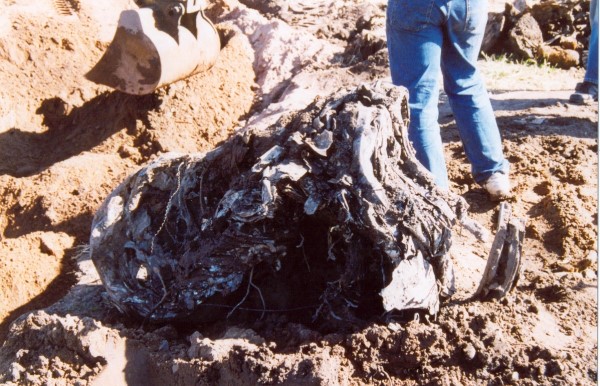
The aircraft had been seen by a number of people on the ground, including US Air Force service personnel at Burtonwood, WA535 had been seen to approach Burtonwood from the North West heading towards the airfield, it began to pass over at less than 3,000 feet and on roughly reaching the centre point of the airfield entered a vertical climb to about 9,000 feet from which the aircraft made a wing over to the left entering a dive from which it failed to recover and dived into the ground to the North East of Burtonwood on farmland near to Winwick, a village between Warrington and Newton-le-Willows.

During the initial investigation there was one witness who had been to the west of Burtonwood who reported that he had seen an object fall from the aircraft, but this was not identified and other witnesses were questioned whether they had seen this object had said no. Towards the end of February the remains of the aircraft’s canopy were discovered near to St Helens and after a search of the area the pilot’s leather flying helmet was found half a mile closer to Burtonwood on farmland. It could not be determined if the canopy of been intentionally jettisoned, but it had broken up probably due to striking the aircraft as it came away with perspex falling to earth on Leach Lane in the Sutton Leach area of St Helens. That had been reported to the Police at the time but the report had not reached the Royal Navy until later.

The Accident Investigation Unit and Board of Inquiry could not reach any definite conclusions about the cause of the crash but felt that the most likely, and logical, reason was due to anoxia. Mr Collingwood had most likely lost consciousness after climbing about the 17,000 feet he reported being at less than ten minutes before crashing. The aircraft would have been trimmed for climbing but would have eventually stalled and begun to descend. As the speed of the aircraft increased it would have pitched nose up, climbing again until stalling and entering another descent. Once back at lower altitude Mr Collingwood would slowly have regained consciousness to the point where he realised something was wrong and it was felt that this was around the time the canopy was jettisoned. After that the strong airflow over the cockpit ripped his flying helmet, goggles and oxygen mask off which would have been extremely disorientating. It was speculated that he was still only semi-conscious at this point with the aircraft travelling at high speed as it passed over Burtonwood when it pitched up once more before it dived into the ground. Had he fully regained consciousness before jettisoning the canopy there would have been a possibility of either recovering the aircraft or ejecting at a safe altitude.
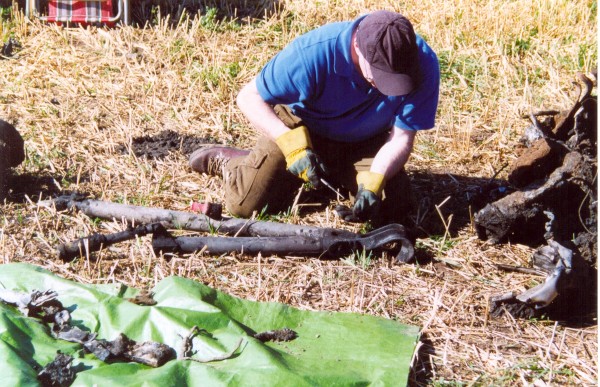
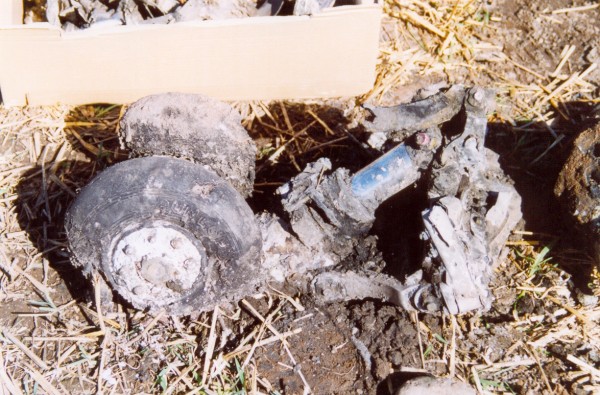

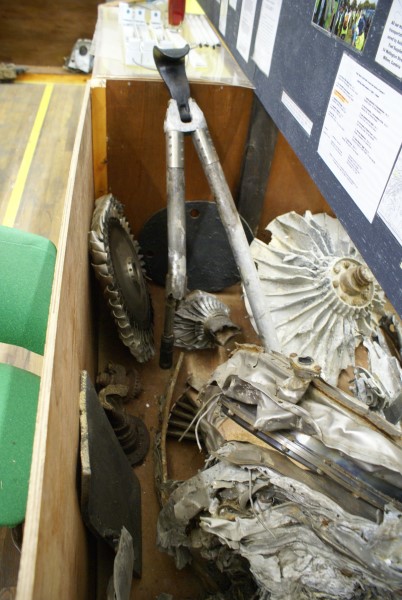
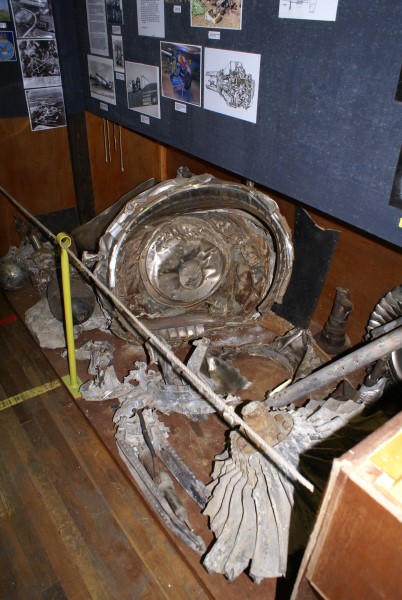
For further information see the following pages about the crash and excavation.

